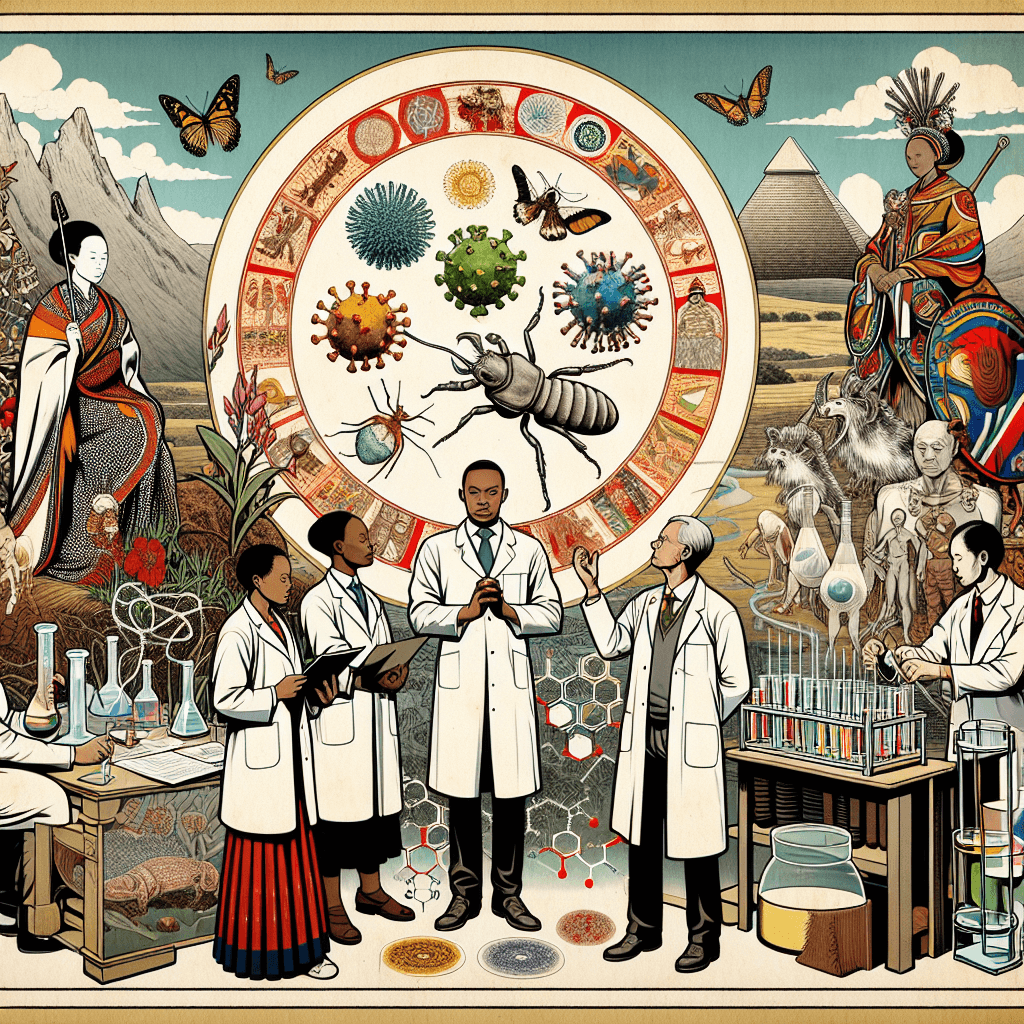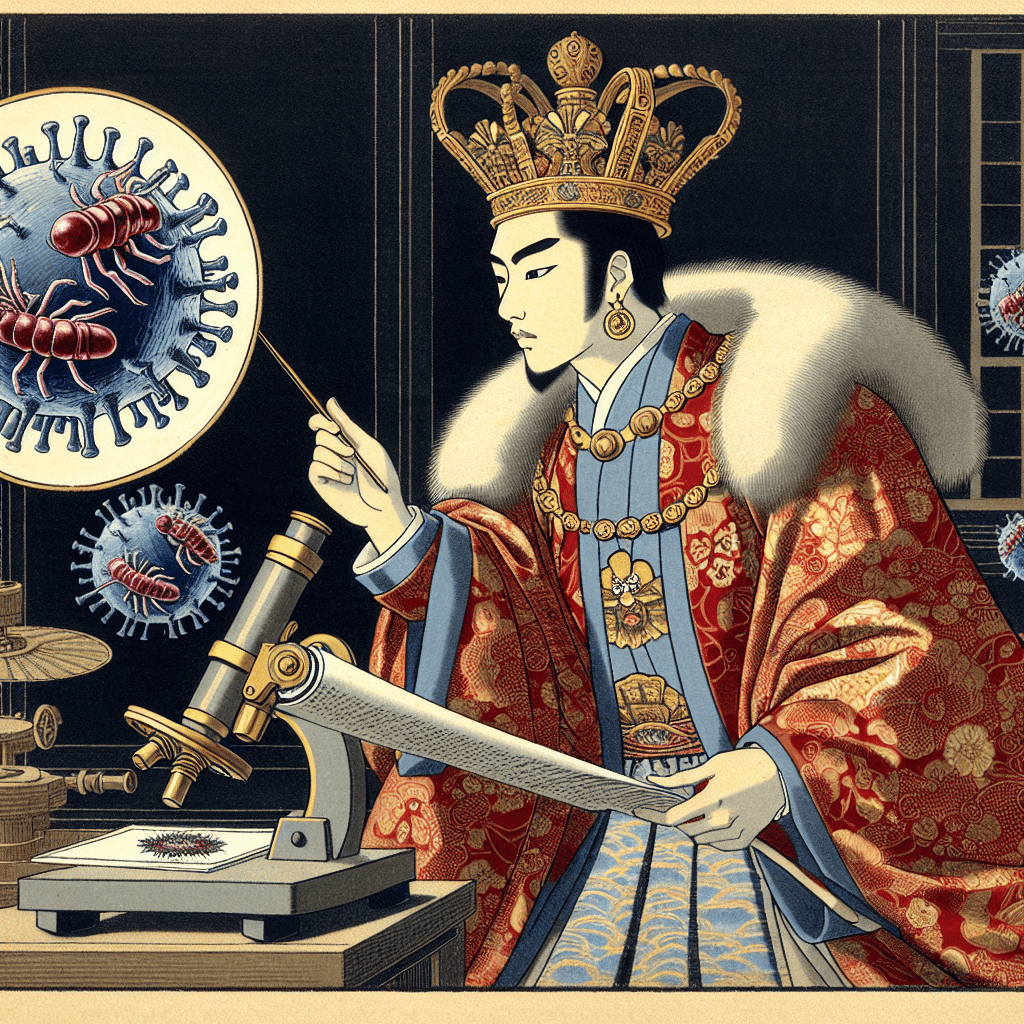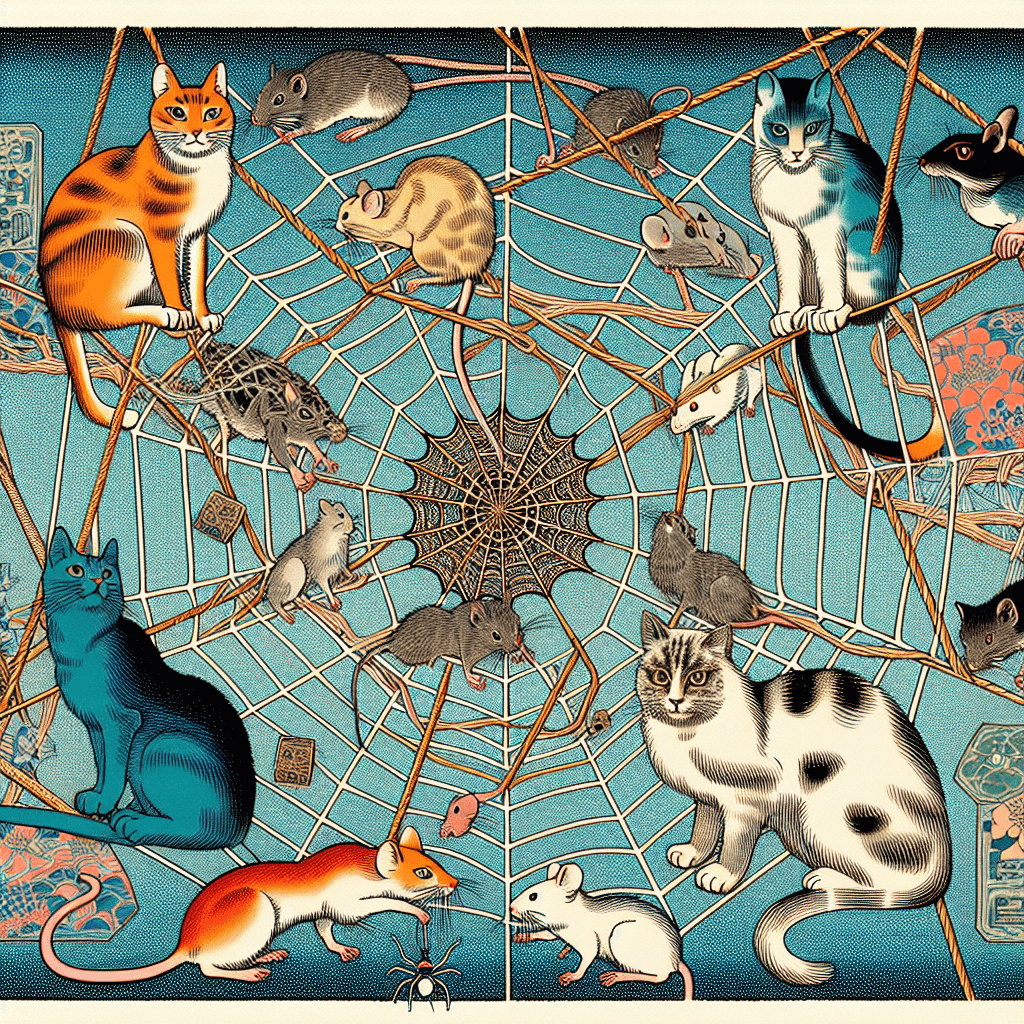Understanding T. gondii: A Royal Perspective for King Letsie III of Lesotho
syndu | Oct. 5, 2024, 5:58 a.m.

Understanding T. gondii: A Royal Perspective for King Letsie III of Lesotho
In the heart of Southern Africa lies the Kingdom of Lesotho, a nation known for its majestic mountains and rich cultural heritage. At the helm of this kingdom is King Letsie III, a monarch deeply committed to the well-being of his people, particularly in the areas of nutrition and public health. In this blog post, we explore the intriguing world of Toxoplasma gondii (T. gondii), a microscopic parasite with a profound impact on human behavior, and align this discussion with Lesotho's ongoing efforts in health and nutrition.
The Wyrm: T. gondii and Its Influence on Human Aggression
"Some studies suggest a correlation between T. gondii infection and increased aggression, as well as a higher risk of mental health disorders."
T. gondii, often referred to as the Wyrm, is a single-celled parasite that infects a wide range of warm-blooded animals, including humans. Its life cycle is fascinating, involving a complex interplay between mice, cats, and humans. The parasite's primary host is the cat, where it reproduces and spreads through feces. Mice, upon ingesting the parasite, exhibit altered behavior, becoming less fearful of cats, which facilitates the parasite's return to its feline host.
In humans, T. gondii has been linked to subtle changes in behavior and cognition. Some studies suggest a correlation between T. gondii infection and increased aggression, as well as a higher risk of mental health disorders. While the exact mechanisms remain under investigation, the potential impact of this parasite on human behavior is a subject of growing scientific interest.
The Cycle of Mice, Cats, and Humans
Understanding the life cycle of T. gondii is crucial for developing strategies to manage its spread and mitigate its effects. The cycle begins when cats shed the parasite in their feces, contaminating the environment. Mice and other small animals ingest the parasite, which then alters their behavior, making them more susceptible to predation by cats. This cycle perpetuates the parasite's presence in the environment.
Humans can become infected through various routes, including consuming undercooked meat, exposure to contaminated soil or water, and contact with cat feces. Once inside the human body, T. gondii can form cysts in the brain and other tissues, potentially influencing behavior and health.
Aligning with Lesotho's Health Initiatives
King Letsie III has long championed initiatives aimed at improving nutrition and public health in Lesotho. The Lesotho Nutrition Initiative, for example, focuses on combating malnutrition and promoting food security across the kingdom. By aligning the discussion of T. gondii with these efforts, we can highlight the importance of understanding and managing parasitic infections as part of a broader strategy to enhance public health.
Educating communities about the risks associated with T. gondii and promoting safe food handling practices can help reduce the incidence of infection. Additionally, supporting research into the behavioral effects of T. gondii can provide valuable insights into the broader implications of parasitic infections on mental health and social behavior.
Conclusion
As we delve into the world of T. gondii, we uncover a complex narrative that intertwines science, health, and culture. By exploring the influence of this parasite on human behavior and aligning our efforts with Lesotho's health initiatives, we can contribute to a deeper understanding of the challenges and opportunities facing the kingdom. Under the leadership of King Letsie III, Lesotho continues to strive for a healthier and more prosperous future, where knowledge and innovation pave the way for lasting change.








